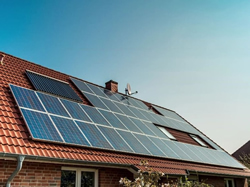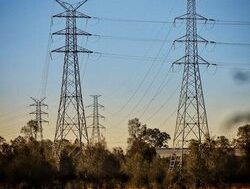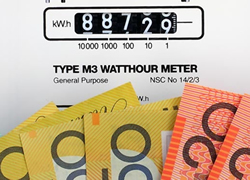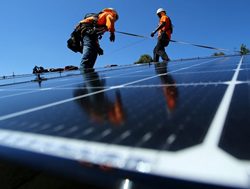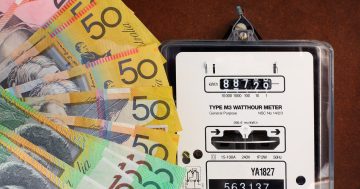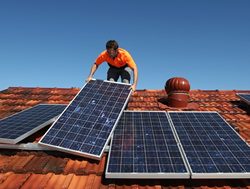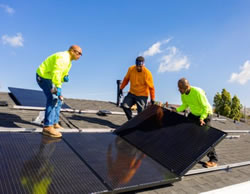 Households with solar panels are to receive more money for the energy they export into the grid with the Independent Pricing and Regulatory Tribunal (IPART) forecasting higher solar feed-in tariffs for NSW.
Households with solar panels are to receive more money for the energy they export into the grid with the Independent Pricing and Regulatory Tribunal (IPART) forecasting higher solar feed-in tariffs for NSW.
Releasing IPART’s Solar feed-in tariff benchmark 2022-23, Tribunal Member Sandra Gamble said customers could expect to receive 6.2 to 10.4 cents per kilowatt hour (c/kWh) from their electricity retailer for the solar exports they fed into the grid, up from 4.6 to 5.5 c/kWh in 2021-22.
Ms Gamble said higher forecast wholesale prices over the next year had driven the higher feed-in benchmark.
“In 2022-23 we are expecting higher wholesale electricity prices, driven by higher coal and gas prices, and planned and unplanned plant outages,” Ms Gamble said.
“Most customers get the most value from their solar panels by using electricity when their solar panels are generating during the day,” she said.
“This allows customers to reduce their cost of purchasing electricity from retailers.”
Ms Gamble said solar customers could power their heaters, air conditioners and pool pumps with their solar panels if they “timed it right.”
The Tribunal Member said retailers’ prices were higher than the solar feed-in tariff rates because retail prices included network costs and environmental subsidies.
She said IPART had also set different time-of-day benchmarks because the value of solar exports to the electricity system varied at different times of the day.
“The highest time-of-day benchmark is around 27 c/kWh during 6 to 7pm in 2022-23, but less than 0.1 per cent of exports occur during this time,” Ms Gamble said.
“As batteries become more widespread, customers will have more control over when they can export power to the grid.”
She said many retailers offered solar feed-in prices above IPART’s benchmark however, advised customers to consider all aspects of a retailer’s offer including usage and fixed charges.
“The offer with the highest feed-in tariff may not be the best deal overall,” Ms Gamble said.
IPART’s two-page solar feed-in tariff guide for customers can be accessed at this PS News link.


